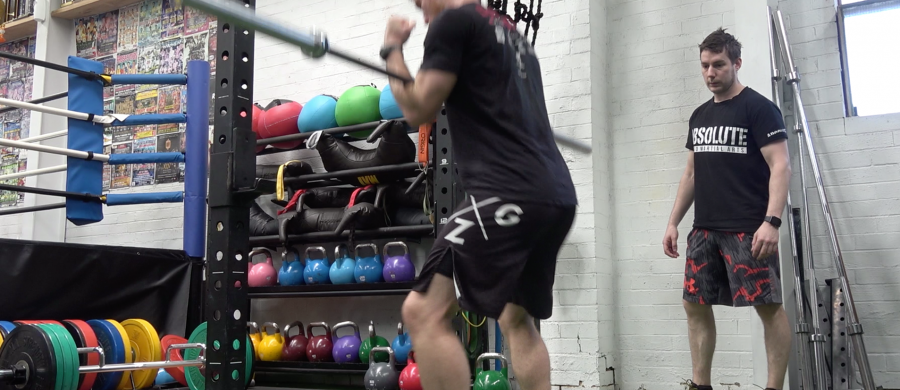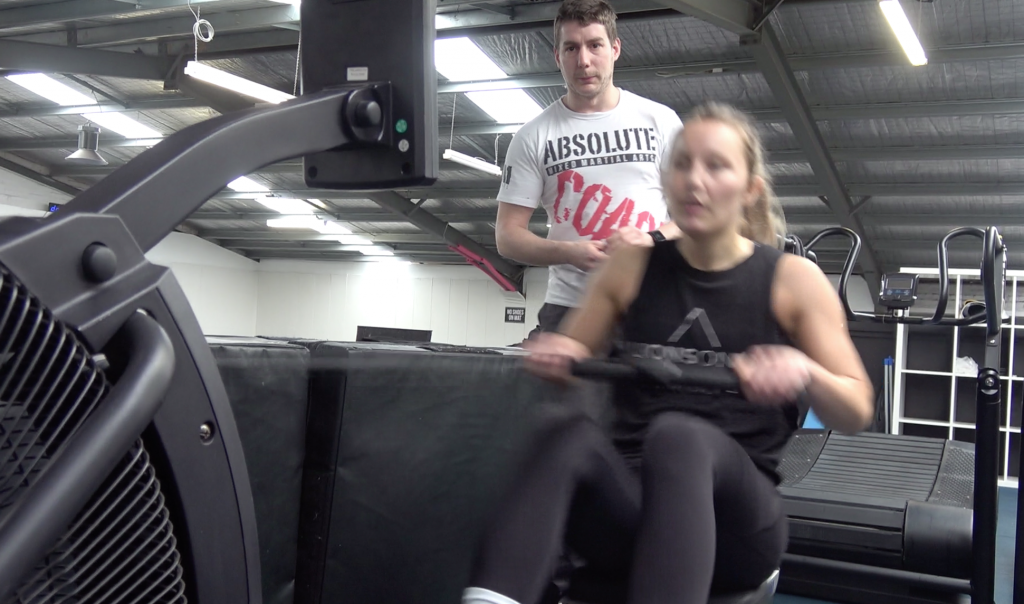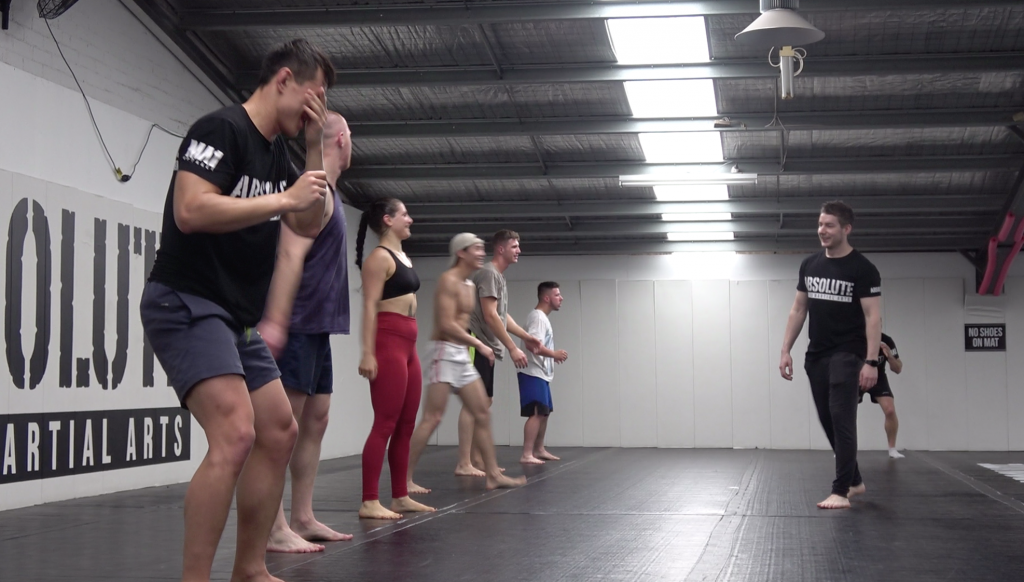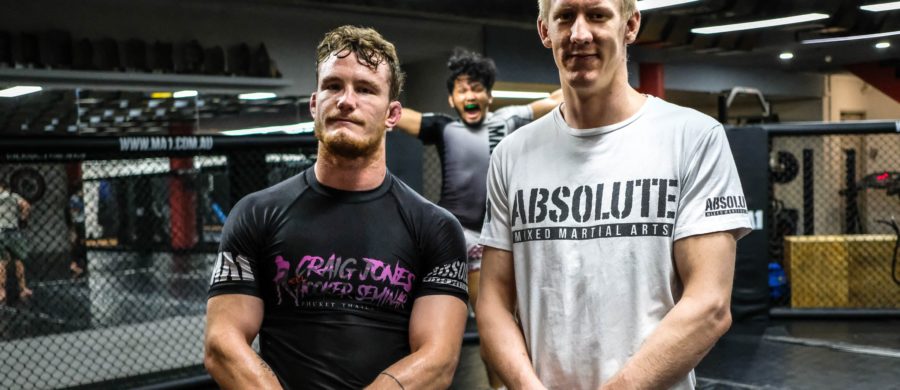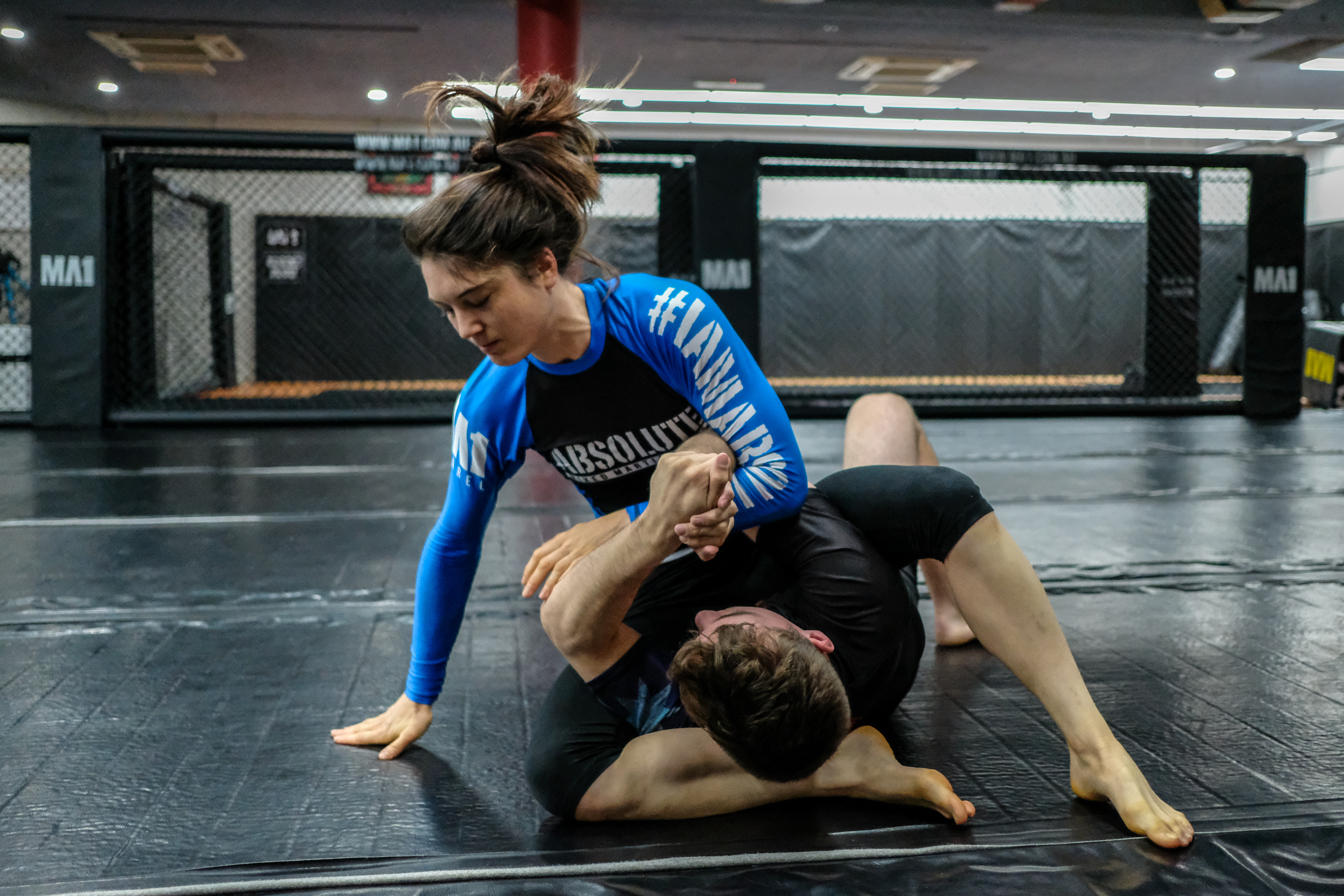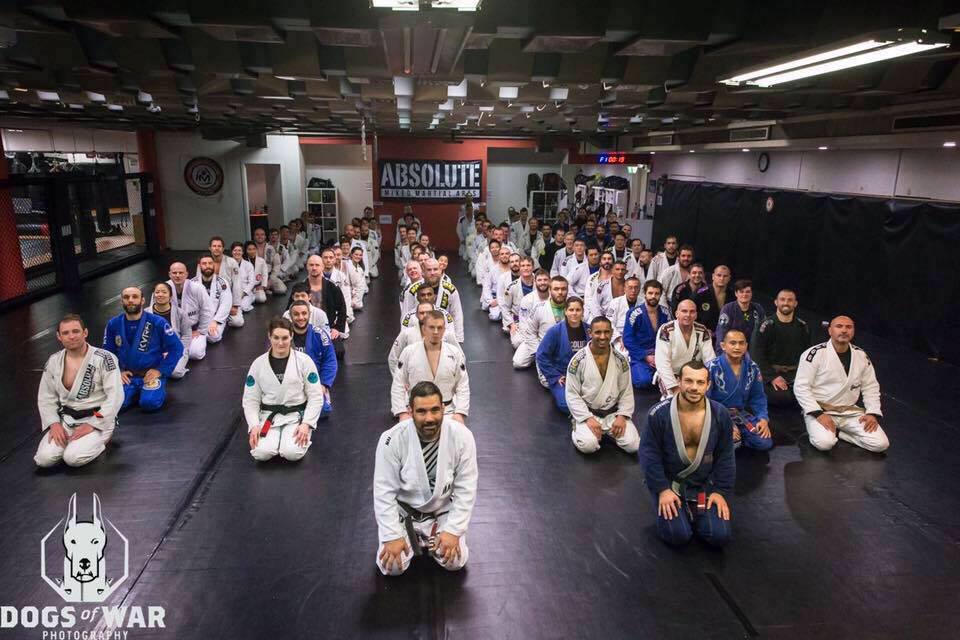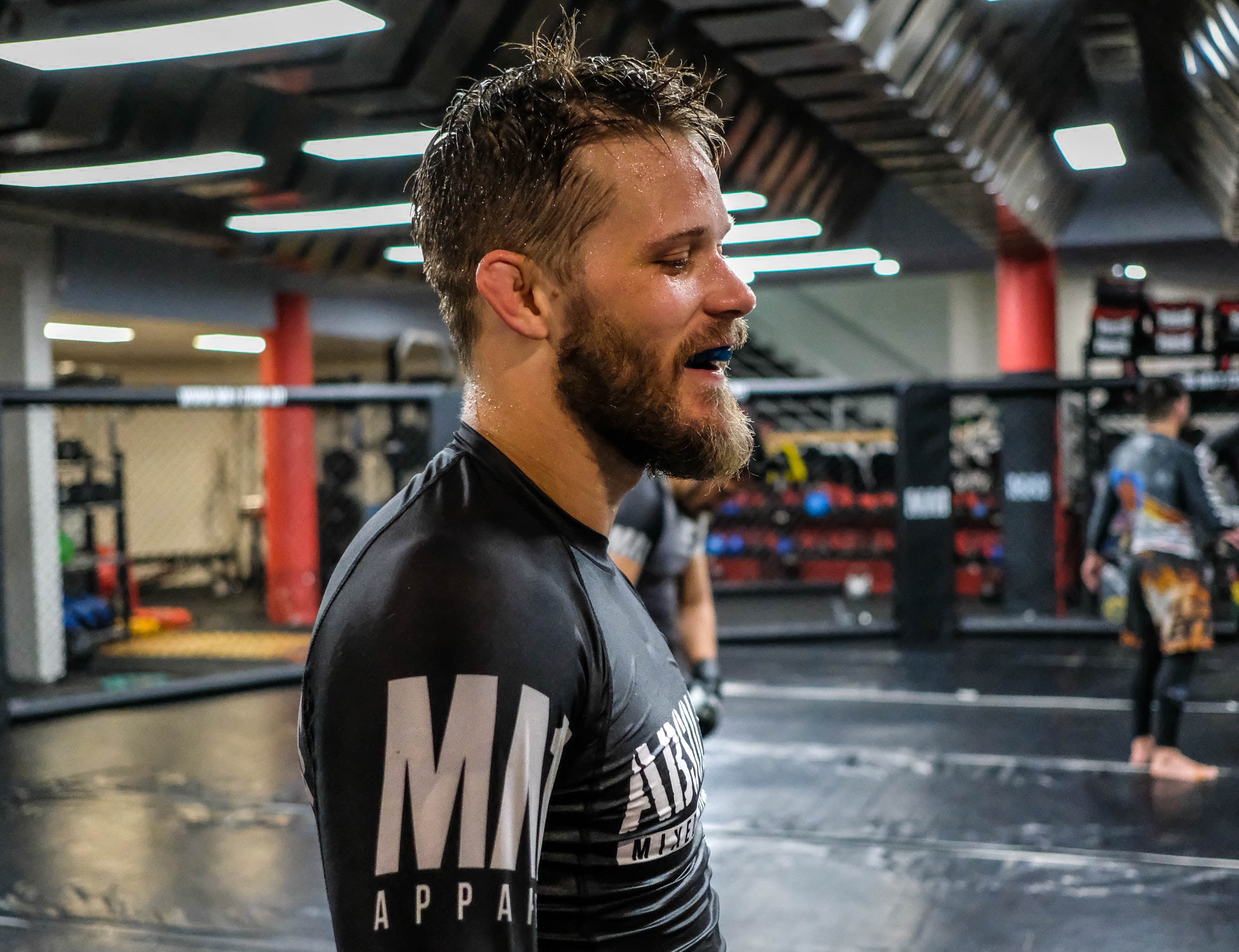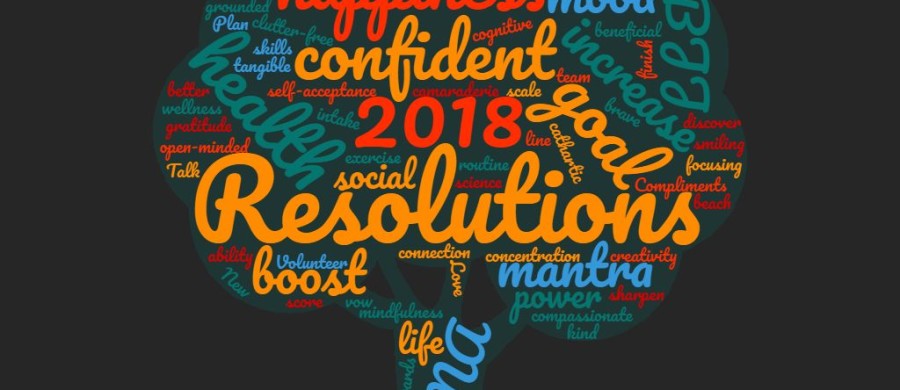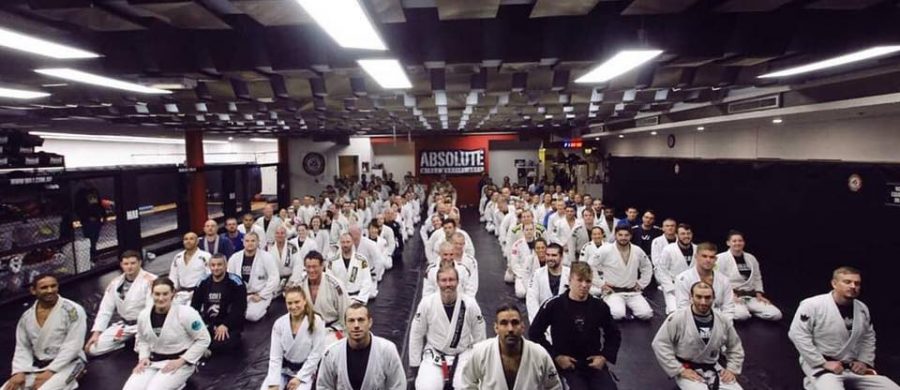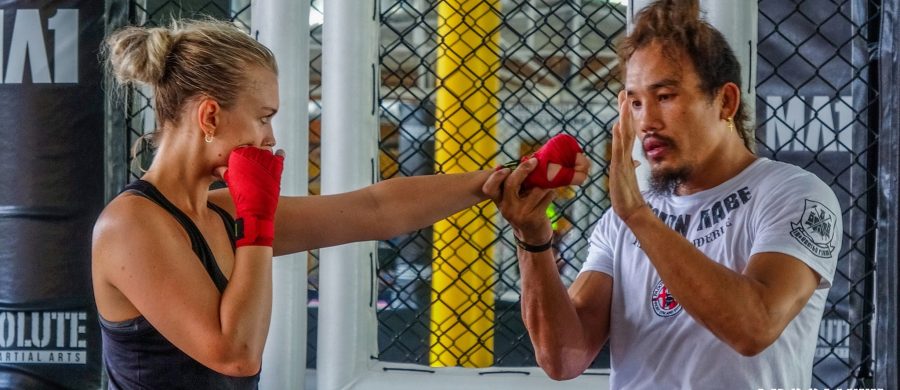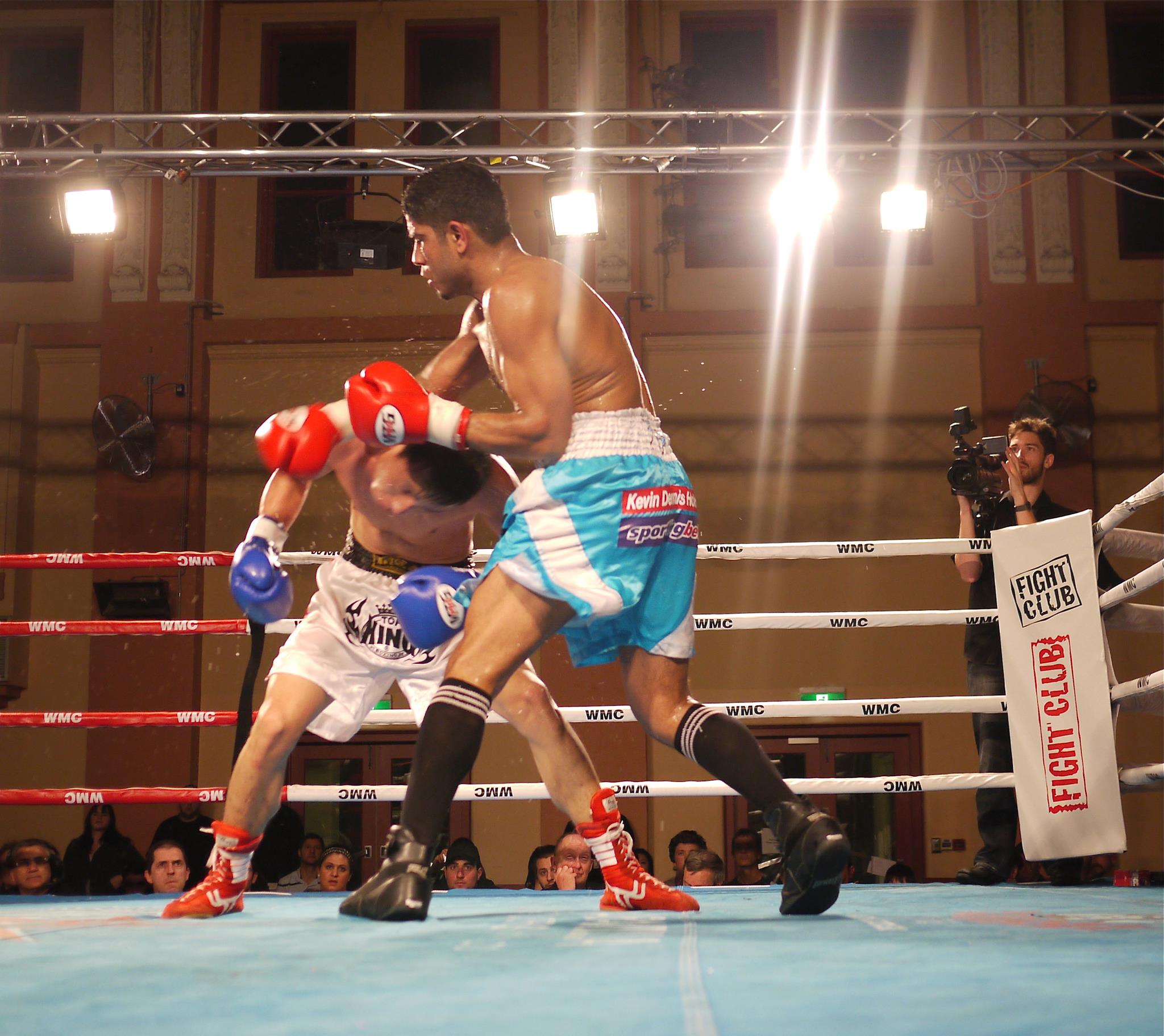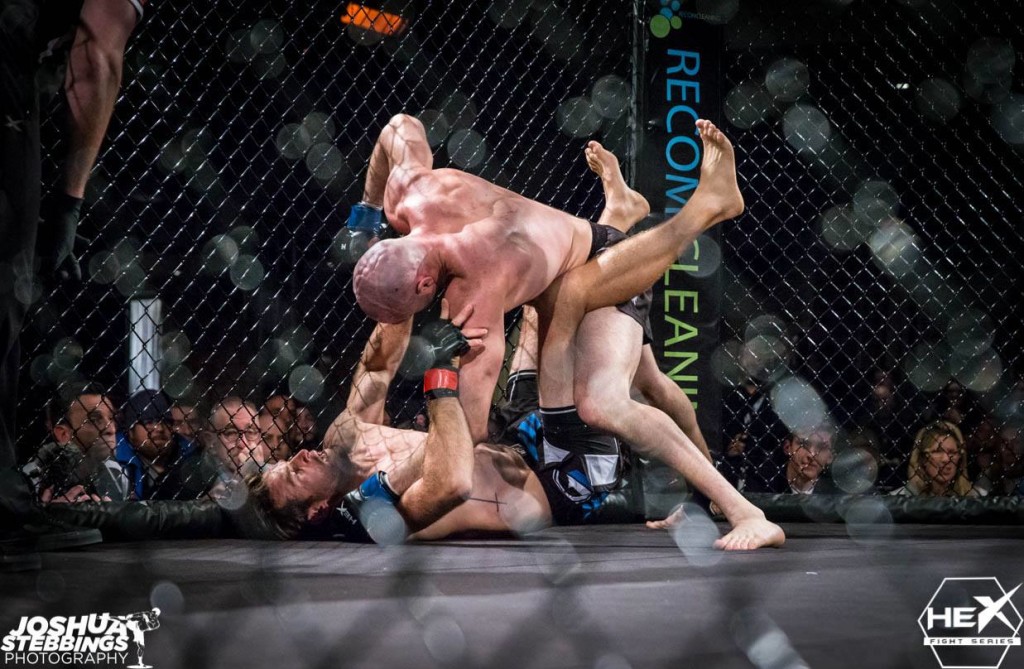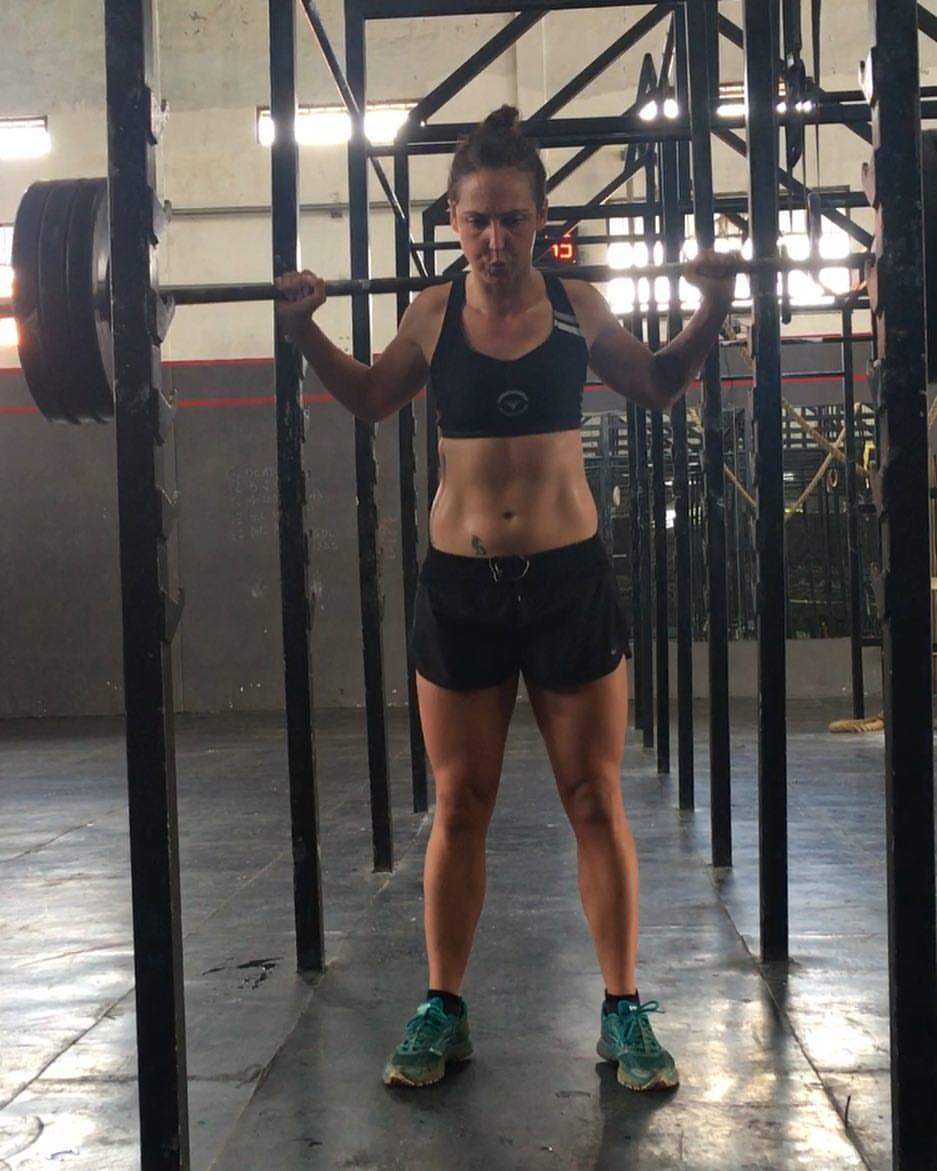New year’s resolutions are great! They are plans to take action in your life. However, that’s all they are, PLANS.
While the welcoming of a new year is a great trigger for a lot of people, you can actually start resolutions at any time! Start one today, start it for next week, start it next month – just be sure to be a person of your word and do it!
Here are 8 tips to set your resolutions AND stick to them. All in time to get a running start on 2018!
Resolution (noun): A firm decision to do, or not to do something.
-
Know your WHY
Why are you making this change? What’s your biggest priority in your life? Set your goals accordingly, and you’ll have a substantially better chance at sticking to them. Firstly, because it’s something you want to do. And secondly, because you know why you’re doing it.
-
Baby steps
You can’t run a marathon on 2 January (if you only start training on 1 January). Set some staggered, and attainable goals. While holding yourself to account, you don’t need take an ‘all or nothing’ approach. Something is better than nothing, obviously!
2.1. By the same token, substituting bad for better, is better than maintaining bad habits.
-
Plan – Plan – Plan
These days it can be seen as boring to make firm plans. “Let’s see what happens”, … “Play it by ear”, … “Life is what happens to you while you are busy making other plans” – That’s all just hippy talk. Set a goal, make a plan, write it down, and just do what you said you will!
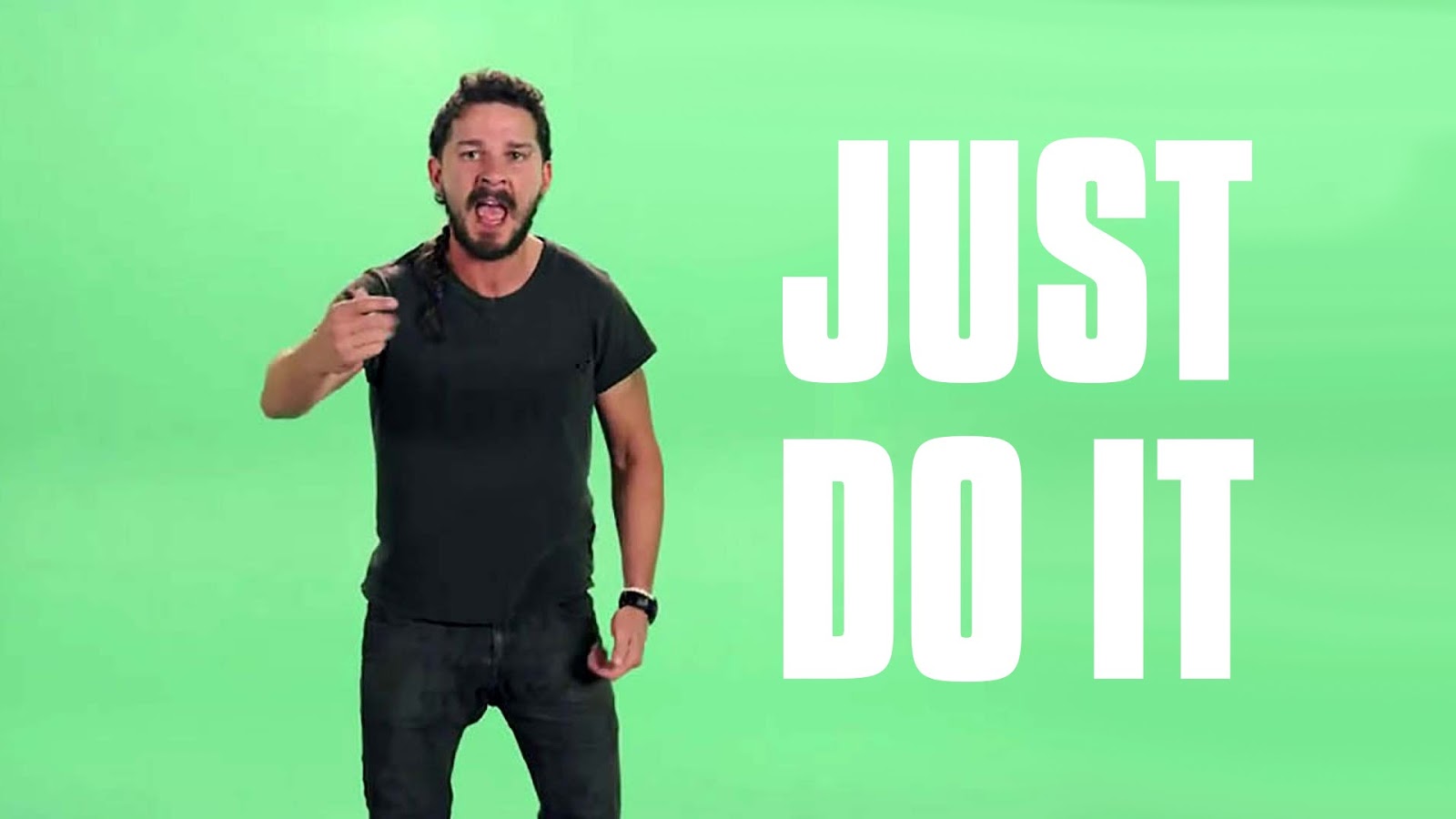
-
Break it down
Make smaller achievable goals, with timelines, so that you can tackle your largest resolutions.
-
Go Public!
Tell someone about your resolutions. It will make them real (the resolution, hopefully the person was actually real). Your family, friends, coaches, teammates or even your social media followers can keep you accountable to your goals after you tell them about them.
-
You can also bring others along with you!
Have a sensational goal? Share it, and someone else might pick up that torch with you. Working together (directly or indirectly) will increase both your chances of reaching your goals.
-
Track yourself … to give back to yourself
Small goals deserve small rewards. Conversely, large goals deserve large rewards. Just make sure your reward doesn’t set you back!
- Saving money for a mortgage? Don’t make the reward a shopping spree!
- Lose 3% body fat? Don’t make the reward food related!
- Travel debt free? Don’t take a reward tour on credit!
-
STICK AT IT
Your training goals, just like financial and career goals aren’t going to happen overnight. There will be excellent weeks with great growth, and there will be plateaus or obstacles to work past. WORK AT IT. If it were easy, everyone would have done it. But instead, we’re going to see you do it, and celebrate at the finish line!
 Tiff Lam Vs Britney Dolheguy 59.00 5 X 3
Tiff Lam Vs Britney Dolheguy 59.00 5 X 3

